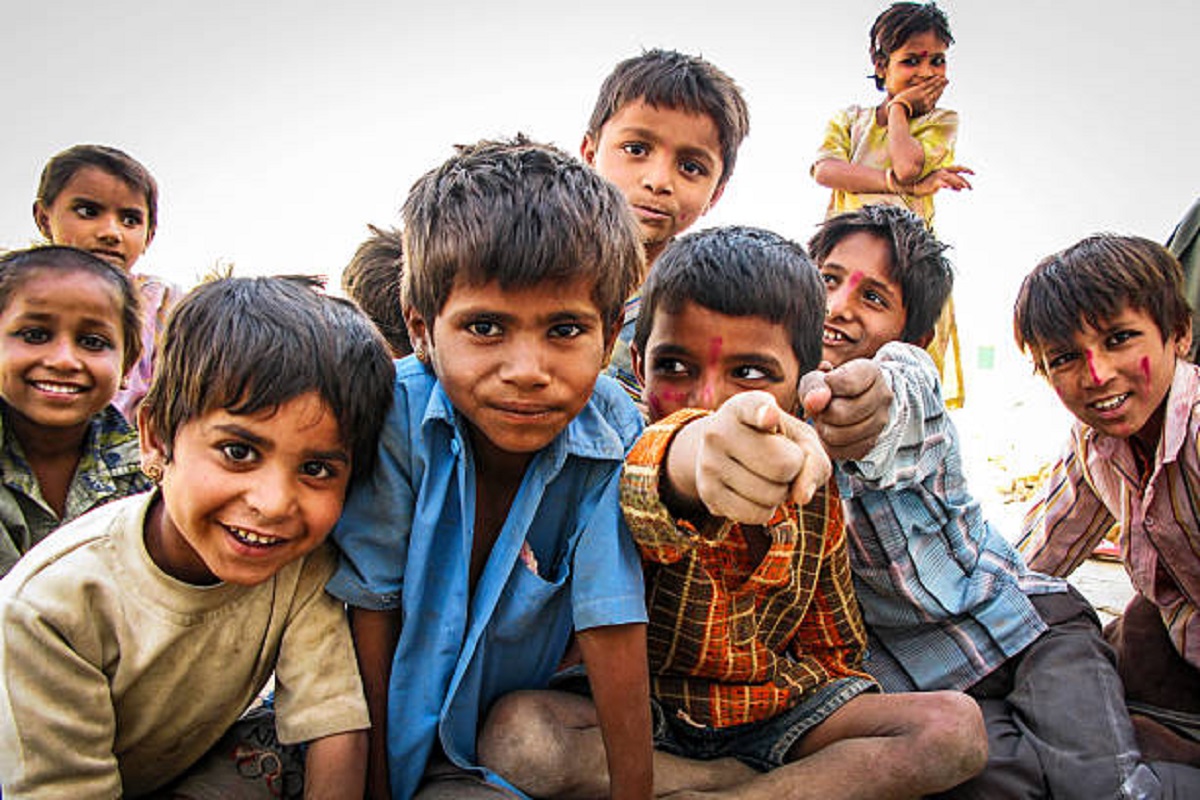Raising a kid is 18 years of prompt engineering: Musk
Raising a kid is 18 years of prompt engineering, said Tesla and SpaceX CEO Elon Musk on Wednesday.
“We also found hints of historical change in how gender was depicted in children’s books”

Representational Image:
Children start to develop gender stereotypes by age 2, including stereotypes that boys are better at math or girls are better at reading.
The beliefs of children have been attributed to their interactions with and observations of adults. Another study published in the journal Psychological Science examines popular children’s books as an underrecognized source of gender stereotypes. Many words in storybooks are considered gendered by adults and will contribute to children’s gender awareness.
“We found that many popular children’s books often read to young children, like Curious George and Amelia Bedelia, contain rich information about gender that is presented in subtle ways,” said Molly Lewis, a researcher with the Department of Psychology at Carnegie Mellon University and lead author of the study. “In some cases, the stereotypes in these books were stronger than in books targeted at adults.”
Advertisement
Content analysis has been used most often in previous research on children’s books and gender stereotypes. This was Lewis’ approach to content analysis. Adults were asked to rate on a 5-point scale how strongly words in the books’ text were associated with masculinity and femininity based on a corpus of 247 books commonly read to children ages 5 and under. Each book was given a gender bias score.
According to the study, Chrysanthemum, Brave Irene, and Amelia Bedelia received the highest scores for gender bias. Curious George, Dear Zoo, and Goodnight, Goodnight Construction Site had the highest masculine-bias scores. In the Night Kitchen, The Polar Express, and Hippos Go Berserk were all rated as “neutral.”
In addition to analyzing adults’ ratings of the words, the researchers used a machine-learning method called “word embeddings” to measure words’ gender associations. As a result, gender-related “word neighbors” such as “merry” and “Christmas” in American English were identified. In the analysis, we found a wide range of gender associations among children’s books, from strongly male to strongly female.
“We found that books that we estimated to be gender-biased based on adult judgments also tended to be biased when we used this automated method,” Lewis said. “This is important because it suggests that some of the gender associations that emerge in adulthood begin to appear in the statistics of children’s texts and could potentially be learnable from exposure to children’s books.”
Social psychologists have used machine learning to investigate whether gender stereotypes found in children’s books are also prevalent in behavioural experiments. “For instance, we found that the statistical patterns of words in these books reflected the stereotype that boys are good at math, while girls are good at reading,” Lewis said.
“Another unexpected result was that children tended to be exposed to books that conveyed gender stereotypes about their own gender girls tended to be read books about girl characters; boys tended to be read books about boy characters,” Lewis said. “These findings are important because they suggest that books may be inadvertently teaching young children about gender stereotypes.”
When children read books about their own gender stereotypes, they’re more likely to learn stereotypes about other genders. This is an unanswered question that the study identified. Children gain this knowledge from media portrayals and personal interactions, according to researchers. Kids may also have “less precise intuitions” about gender stereotypes because they receive more information about their own gender.
The corpus contained more female biases than male biases in general. However, the research also revealed that gender portrayals varied between the books.
“One implication of this finding is that parents may be able to influence children’s development of beliefs about gender through their choice of books,” Lewis said.
Despite gender stereotypes not being present in all storybooks, she said some offer gender information that contradicts stereotypes.
“We also found hints of historical change in how gender was depicted in children’s books,” Lewis said. “More recently published books were more likely to have female main characters and main characters without obvious gender associations.”
(With inputs from ANI)
Advertisement